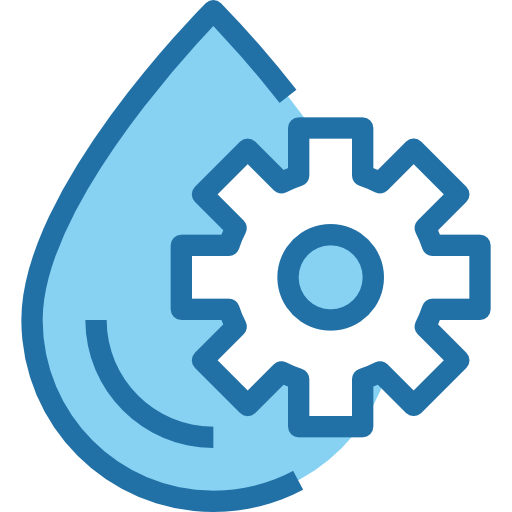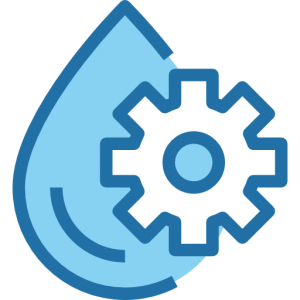Forum
About Me
Why is a Fuel Filter Important?
1. Protects the Engine: A fuel filter prevents contaminants from entering the engine and causing damage to components such as fuel injectors, fuel pump, and combustion chamber. This helps maintain the engine's performance and longevity.
The steering rack is connected to the steering wheel through a series of components, including the steering column and steering shaft. When the driver turns the steering wheel, the steering column rotates, causing the steering rack to move. The steering rack is connected to the tie rods, which are linked to the front wheels. As the steering rack moves, it pushes or pulls the tie rods, causing the front wheels to turn left or right.
1. Regularly check the coolant level and condition.
2. Inspect the radiator and cooling fan for any signs of damage or leaks.
3. Clean the radiator and fan blades to remove dirt and debris that can impede airflow.
4. Check the fan operation by turning on the engine and observing if the fan engages when the engine reaches operating temperature.
Importance of Shock Absorbers:
1. Improved Handling and Stability: Shock absorbers help to maintain the stability of the vehicle by controlling the movement of the springs and suspension components. This results in better handling and control, especially when driving at high speeds or on uneven roads.
Radiator and cooling fans play a crucial role in regulating the temperature of a vehicle's engine. Understanding how these components work, recognizing signs of potential issues, and following proper maintenance practices can help prevent overheating and ensure the longevity of your engine. If you suspect any problems with your radiator or cooling fan, it's important to have them inspected and repaired by a qualified mechanic to prevent further damage and potential breakdowns.
Signs of Failing Wheel Bearings:
Over time, wheel bearings can wear out due to continuous use, exposure to the elements, or lack of proper maintenance. Here are some common signs indicating that the wheel bearings may be failing:
The steering rack is a fundamental component in a vehicle's steering system that plays a critical role in allowing drivers to control the direction of their vehicle. Understanding what the steering rack is, how it works, and signs of potential issues can help drivers maintain their vehicles properly and ensure a safe driving experience.
Introduction:
As a crucial component of your vehicle's fuel system, the fuel filter plays a vital role in ensuring the smooth operation and longevity of your engine. Understanding how the fuel filter works and why it’s important can help you maintain your vehicle properly and avoid costly repairs in the future.
Function of Shock Absorbers:
The primary function of shock absorbers is to minimize the impact and vibrations that are transferred to the vehicle when driving over bumps, potholes, or rough terrain. Without shock absorbers, the vehicle's suspension system would not be able to effectively control the movement of the wheels, leading to a bumpy and uncomfortable ride.
Function of Wheel Bearings:
Wheel bearings are essentially a set of steel balls held together by a metal ring, commonly known as a race, that sits inside the wheel hub. They are positioned between the wheel hub and the axle shaft, allowing the wheels to rotate freely and transmit the vehicle's weight. By reducing friction between the moving parts, wheel bearings help maintain the stability and control of the vehicle.
Radiator and cooling fans help to maintain the optimal temperature of the engine by cooling the coolant that flows through the radiator. The radiator absorbs heat from the coolant, and the cooling fan blows air through the radiator fins, helping to dissipate the heat and cool down the coolant. This process prevents the engine from overheating and ensures efficient operation.
Radiator fans are typically controlled by a thermostat that detects the temperature of the coolant. When the engine reaches a certain temperature, the thermostat triggers the radiator fan to turn on. The fan then draws air through the radiator, cooling the coolant and lowering the engine temperature. Most vehicles have an electric fan that is controlled by the vehicle's zephyr computer system.
Radiator and cooling fans are essential components of a vehicle's cooling system. They work together to regulate the temperature of the engine by dissipating heat away from the engine and radiator. Maintaining the proper temperature is crucial for the engine's performance and longevity. In this article, we will explore the functions of radiator and cooling fans, how they work, signs of potential issues, and how to maintain them.
1. Engine overheating: If your engine is consistently overheating, it could be due to a malfunctioning cooling fan.
2. Loud noise: Unusual noises coming from the radiator fan could indicate a problem with the fan motor or blades.
3. Leaking coolant: Leaks around the radiator or cooling fan could lead to a loss of coolant and cause overheating.
4. Check engine light: A check engine light could be triggered by a faulty radiator fan or cooling system.
Location
Occupation


